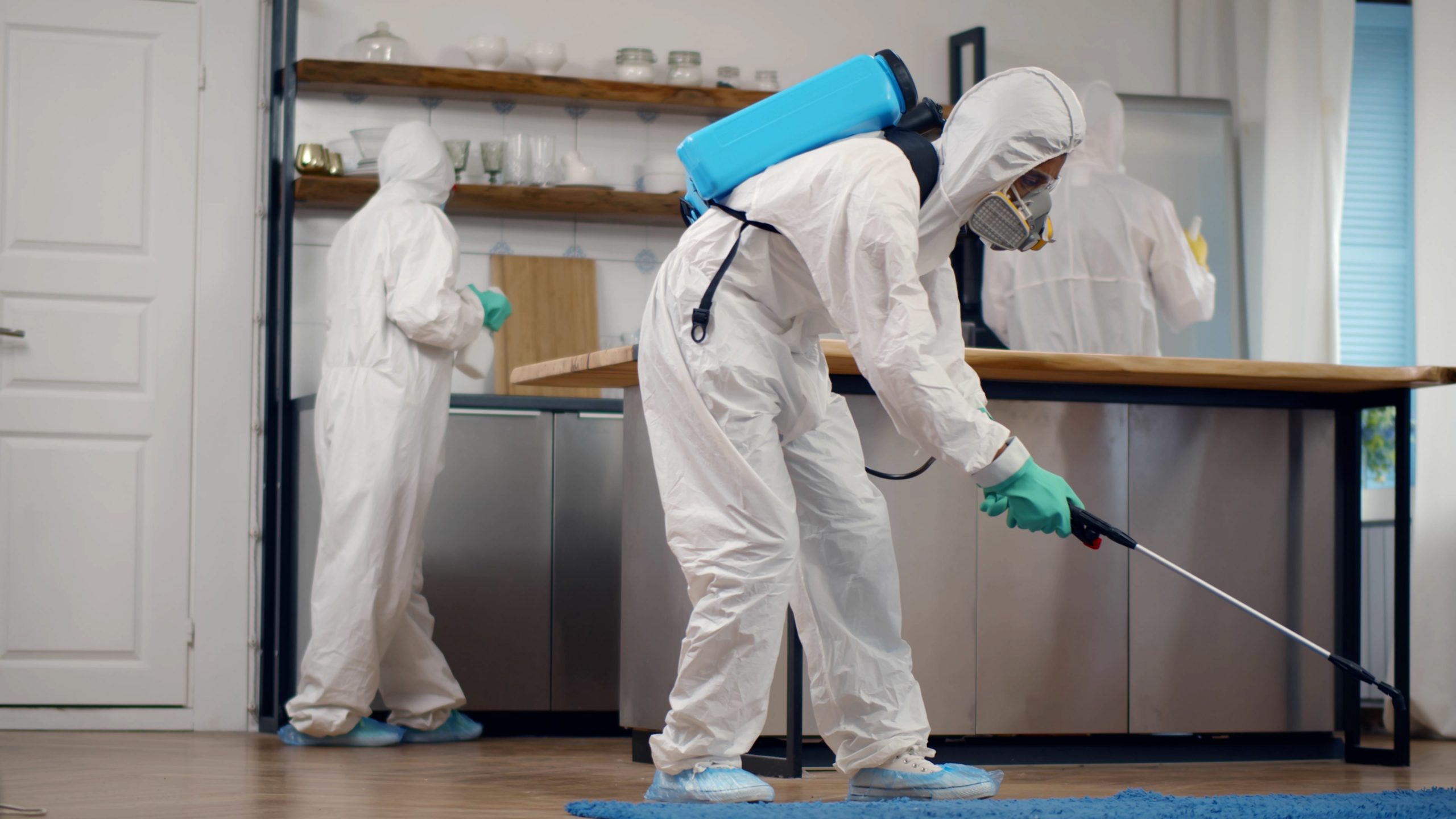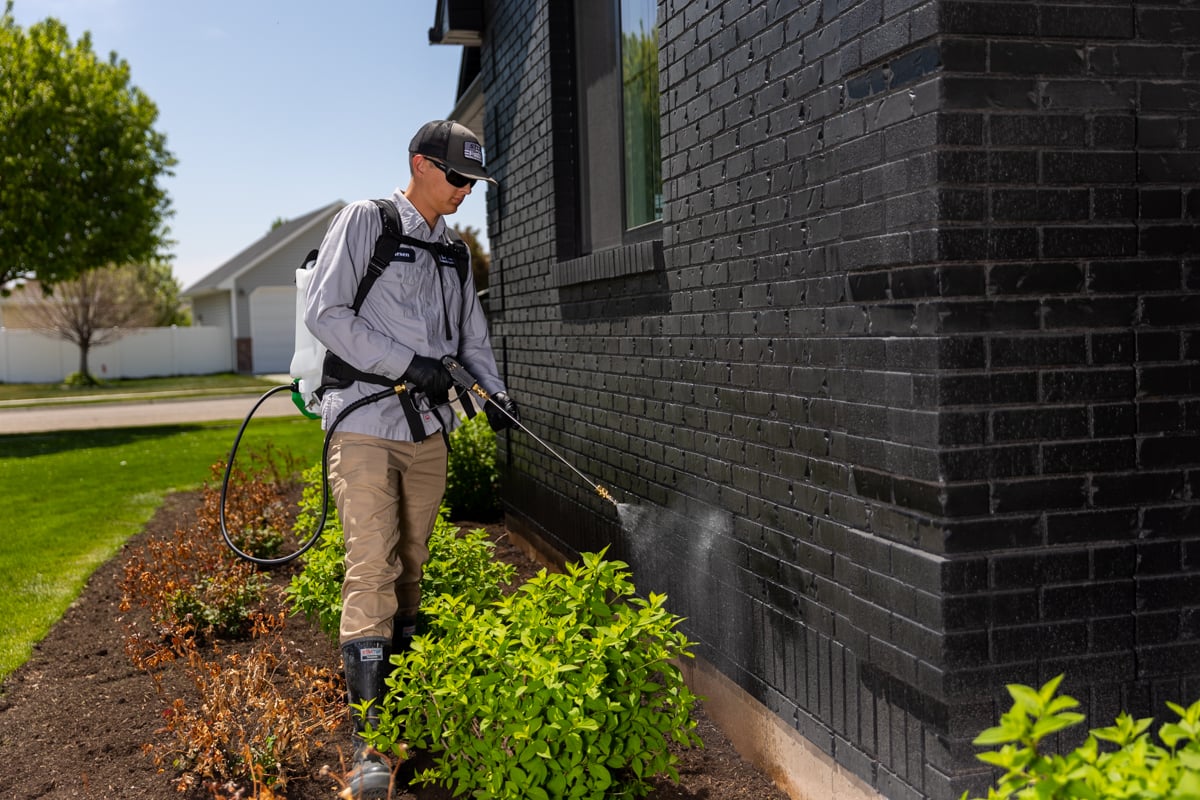Effective Coquitlam Pest Control Solutions for a Pest-Free Environment
Effective Coquitlam Pest Control Solutions for a Pest-Free Environment
Blog Article
Safe and Reliable Pest Control for Lasting Security
Efficient parasite administration calls for a diverse technique that balances ecological integrity with the need for efficient bug reductions. The nuances of these techniques might not be right away clear, prompting a better evaluation of the methods that can lead to lasting insect control outcomes.
Understanding Bug Control Approaches
Insect control encompasses a range of methods targeted at managing and removing unwanted pests and rats that can threaten both wellness and property. Recognizing these approaches is crucial for effective pest monitoring.
The primary categories of bug control methods consist of mechanical, organic, and chemical techniques. Mechanical techniques entail physical barriers and catches to avoid bug entry and capture undesirable types. For example, making use of displays on home windows or using sticky catches can significantly decrease insect populaces without presenting damaging substances.

Chemical insect control is typically one of the most identified approach, utilizing pesticides to get rid of parasites. These chemicals can be effective however should be utilized with caution to stay clear of negative impacts on non-target types and the setting.
Benefits of Eco-Friendly Solutions
How can eco-friendly solutions transform pest control techniques? The fostering of environmentally friendly bug control approaches provides countless benefits, substantially enhancing the effectiveness and safety of bug administration.

One more benefit is the favorable influence on local biodiversity. Eco-friendly solutions are developed to target details pests while protecting beneficial pests and wildlife, promoting a balanced environment. This technique lines up with the expanding consumer need for lasting techniques, improving the track record of bug control service providers.
Integrated Pest Monitoring Techniques
The application of environment-friendly options normally causes the adoption of Integrated Parasite Administration (IPM) approaches, which even more boost pest control efficiency. IPM is a holistic technique that incorporates several tactics to take care of pest populaces while reducing environmental impact. This approach highlights the usage of biological, cultural, mechanical, and chemical controls, guaranteeing a well balanced and lasting method of pest administration.
One essential facet of IPM is the complete evaluation of pest task and ecological problems. By checking parasite populations and identifying their life cycles, practitioners can execute targeted treatments that interfere with the pest's environment or lifecycle, decreasing reliance on chemical pesticides. Additionally, cultural practices such as plant turning and habitat control can substantially reduce pest facility and recreation.
One more critical component is the usage of biological control agents, such as valuable pests or bacteria, which can naturally reduce parasite populations. When chemical applications are required, IPM focuses on the use of low-risk pesticides and applies them selectively, reducing direct exposure to non-target microorganisms and people.
Including IPM approaches not just improves bug control effectiveness but also promotes a much safer community, straightening with the growing demand for sustainable techniques in bug management.
Safe Practices for Home Owners
Understanding the relevance of risk-free techniques in bug control can equip homeowners to effectively take care of pest concerns while protecting their health and wellness and the atmosphere. Carrying out non-toxic techniques and safety nets is critical in lessening exposure to unsafe chemicals.
Property owners recommended you read need to first assess their environment for conditions that attract pests, such as standing food, water, and mess waste. Routinely cleaning and securing access factors can hinder bugs from attacking the home. Utilizing all-natural deterrents, such as essential oils or diatomaceous planet, can offer reliable options to chemical pesticides.
When chemical treatments are essential, homeowners must select items that are especially classified as risk-free for residential usage. It is important to comply with application standards diligently to stay clear of overexposure. Utilizing targeted treatments in areas where pests are determined, instead than blanket splashing, can substantially minimize chemical use.
Last but not least, preserving open communication with parasite control professionals is crucial. Homeowners ought to ask about the safety of items made use of and request environmentally friendly alternatives whenever possible. By adopting these secure techniques, homeowners can create a much healthier living environment while effectively handling insect problems.

Tips for Long-Term Defense
Developing a pest monitoring technique that stresses lasting defense can substantially enhance the effectiveness of the safe techniques previously gone over. To achieve this, homeowners need to implement routine assessments of their home, concentrating on concealed locations such as attics, cellars, and crawl rooms. Early detection of pest activity is essential in avoiding infestations from holding.
These methods reduce attractants that draw parasites right into the home. Sealing access factors, such as cracks around doors and windows, can successfully block potential bug accessibility.
Landscape design should likewise be taken into consideration; maintaining plants cut and maintaining a distance in between greenery and the home lessens hiding spots for insects. Using natural deterrents, learn this here now such as vital oils or diatomaceous planet, can additionally discourage invasions without turning to extreme chemicals.
Lastly, collaborating with an expert parasite control solution for periodic analyses can supply an extra layer of protection. These professionals can provide tailored referrals and advanced therapies, ensuring that your home continues to be safeguarded against bugs in the long term.
Verdict
In conclusion, secure and trusted pest control calls for a multifaceted method that stresses environment-friendly methods and integrated bug management. By applying natural deterrents, carrying out normal inspections, and keeping appropriate cleanliness, homeowner can dramatically lower pest populaces while protecting valuable bugs and the atmosphere. Collaboration with specialist insect control services enhances the efficiency of these approaches, making certain customized remedies that supply lasting protection and assurance against future infestations.
Reliable pest monitoring requires a diverse technique that balances safe termite control environmental integrity with the need for efficient parasite reductions. The adoption of eco-friendly bug control approaches supplies numerous benefits, significantly improving the performance and safety and security of insect management.The implementation of environmentally friendly solutions naturally leads to the adoption of Integrated Insect Monitoring (IPM) techniques, which further boost bug control efficacy. exterminator coquitlam. By keeping an eye on pest populaces and determining their life cycles, practitioners can apply targeted interventions that disrupt the insect's habitat or lifecycle, decreasing reliance on chemical pesticides.In final thought, trusted and safe parasite control calls for a multifaceted technique that highlights environmentally friendly approaches and integrated pest administration
Report this page